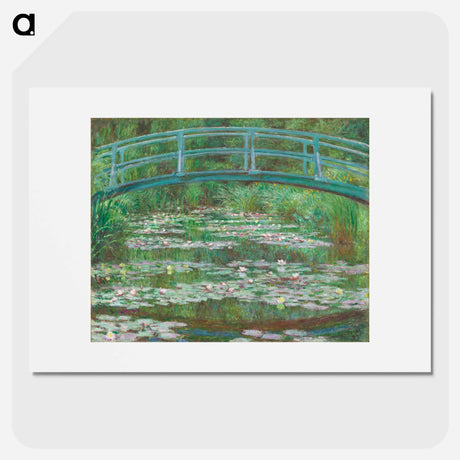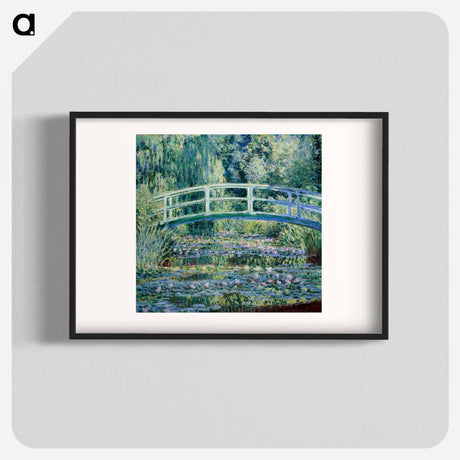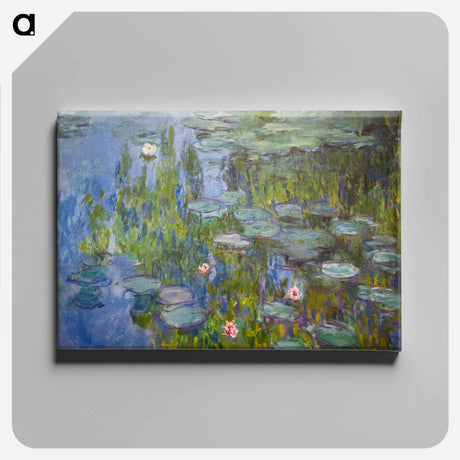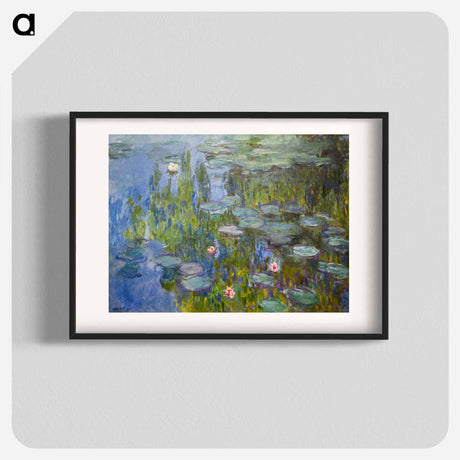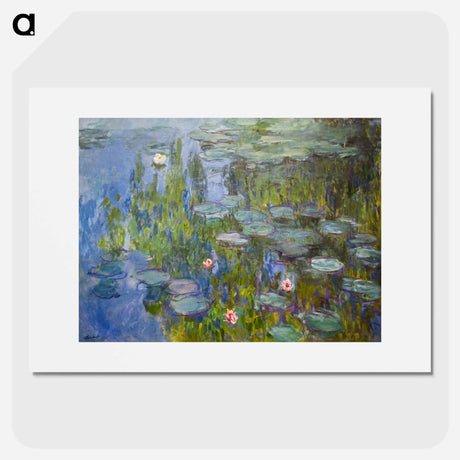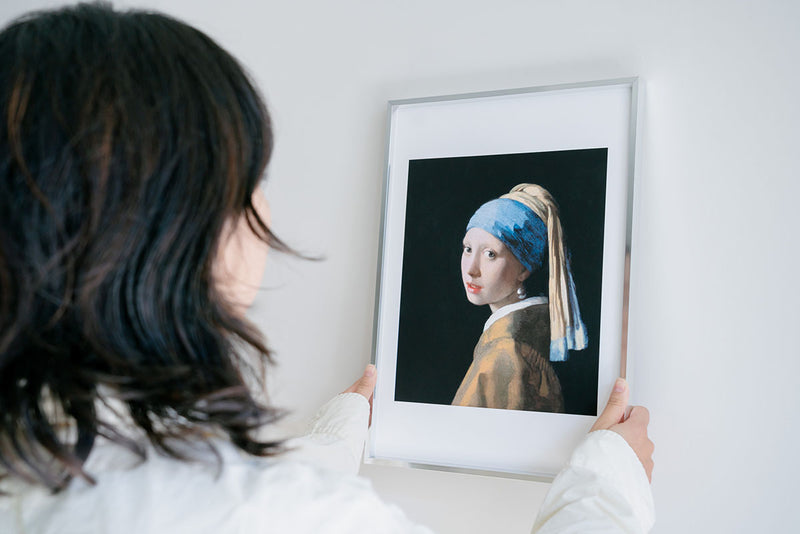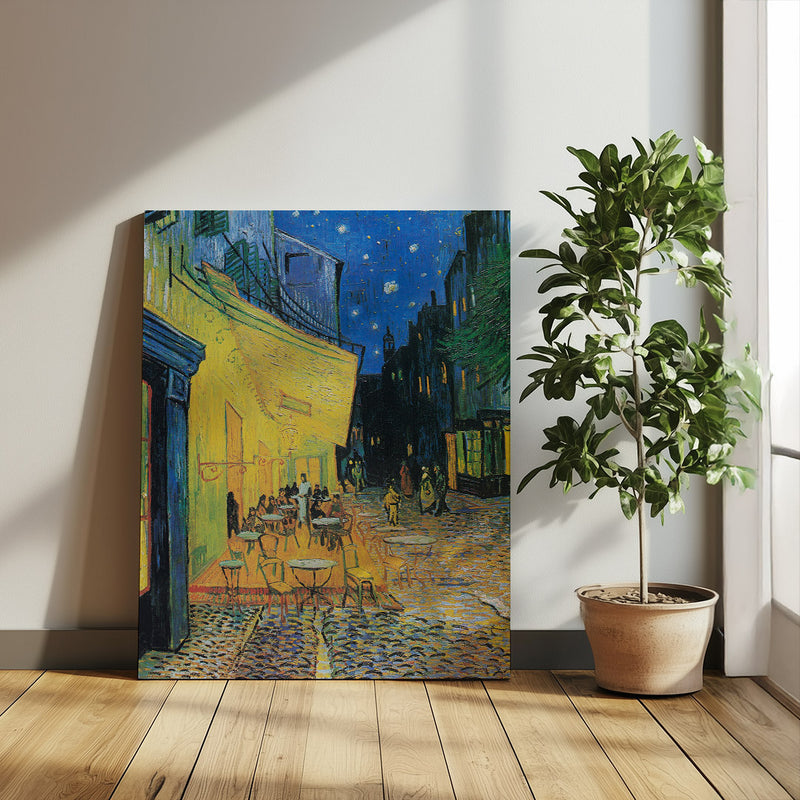Claude Monet 's " Water Lilies " series is his most famous and important series, which he created in his later years. Monet moved to Giverny, France in 1883 and built a large pond with floating water
Claude Monet 's " Water Lilies " series is his most famous and important series, which he created in his later years. Monet moved to Giverny, France in 1883 and built a large pond with floating water lilies in the garden of his house. He continued to paint over 200 "Water Lilies" using this pond as a motif. This series can be said to represent the culmination of Monet's art, further developing his impressionist techniques and approaching abstract expressionism.
Background of the "Water Lilies" series
- In 1883, Monet moved to Giverny , about 80 kilometers northwest of Paris.
- Around 1890, Monet began constructing a large pond on the grounds of his house, which would later be called a "water garden."
- In the late 1890s, he began to seriously create a series of "Water Lilies" paintings.
- Monet is said to have been influenced by Japanese ukiyo-e, especially by Katsushika Hokusai and Utagawa Hiroshige, when creating "Water Lilies."
- In his later years, despite suffering from cataracts, he continued to create "Water Lilies"
- He died in Giverny on December 5, 1926 (aged 86). Many of the works in his "Water Lilies" series remained unfinished.
Characteristics and masterpieces of the "Water Lilies" series
The " Water Lilies " series is a group of works that depict water lilies flowers and leaves floating in a pond that Monet created in his garden, as well as the reflection of light on the water's surface. The most distinctive feature of this series is that it attempts to capture the expressions of the water's surface, which change from moment to moment depending on the time of day, weather, and season. Monet repeatedly painted the same location and the same motif at different times of day and under different weather conditions, thereby capturing the changes in light and color on the canvas. In his early works, relatively concrete shapes are depicted, but as time went on, the shapes became increasingly ambiguous, and the depiction of color itself became the subject of the work. In particular, his later works show bold expressions that are almost abstract. Some of the most famous works from the series include the following:
- Water Lilies (c. 1897-1899)
- The Water Lily Pond (1899)
- Water Lilies, Green Reflections (c. 1914-1918)
- Water Lilies, Setting Sun (c. 1914-1918)
- The Large Decorative Paintings of the Musée de l'Orangerie (1914-1926)
The influence of the "Water Lilies" series and its later recognition
Monet's " Water Lilies " series is an important group of works that is the culmination of his art and also a bridge from Impressionism to abstract painting . In particular, the deconstruction of form and the autonomy of color in his later works had a great influence on 20th century abstract painting, especially American Abstract Expressionist painters. Today, the "Water Lilies" series is highly regarded around the world as one of Monet's most important achievements. His works are housed in major museums around the world, including the Musée de l'Orangerie and the Musée Marmottan in Paris, and continue to fascinate many people even today. Keywords such as " Water Lilies ," " Giverny," "Impressionism , " " Abstract Painting ," " Light and Color ," and " Musee de l'Orangerie " are important elements in understanding Monet's "Water Lilies" series.










